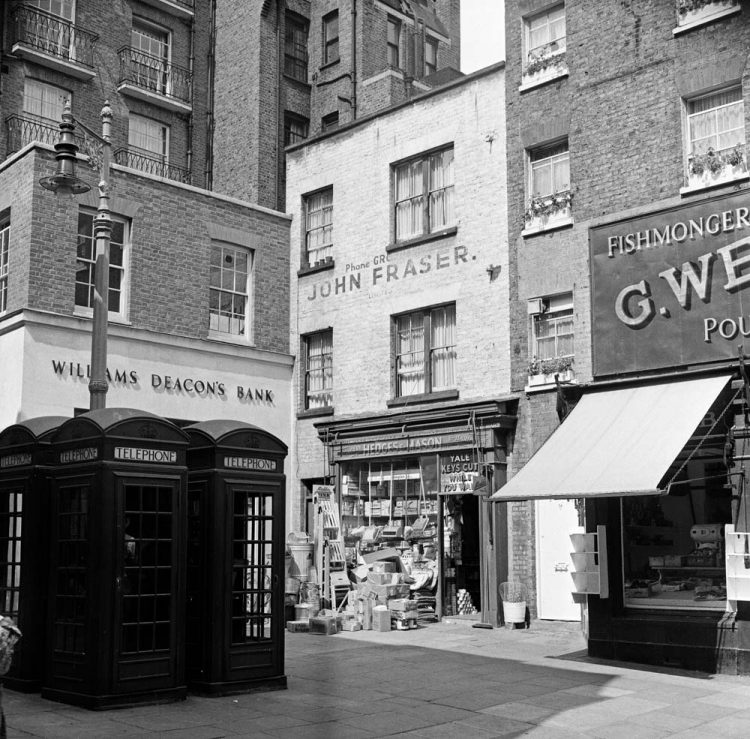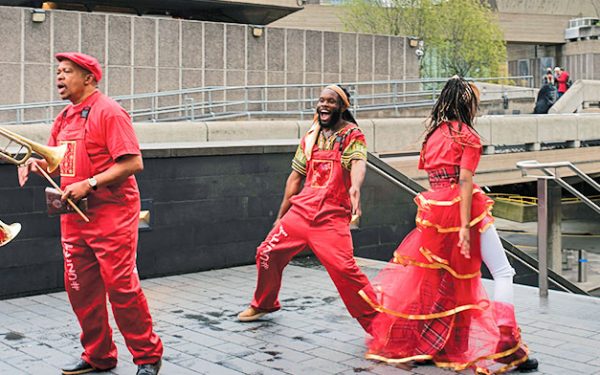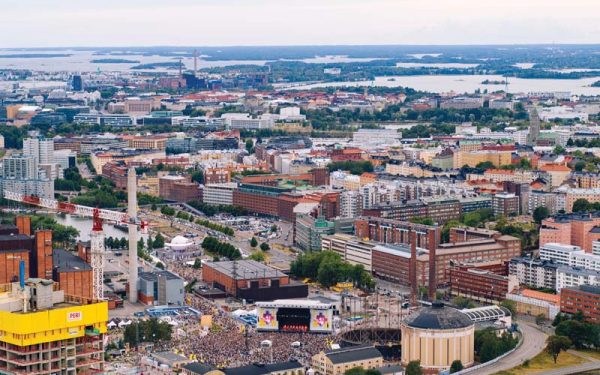Walking through the terracotta grandeur that epitomises much of Mayfair is an undeniably London experience. Cobblestoned pathways snake between backs of shops, emerging onto large, handsome plazas, churches and verdant squares. Pedestrians clip down the streets smartly, dashing into one of the neighbourhood’s haunts. Perhaps Scott’s, for a business lunch – the theatrical fish restaurant first opened as an “oyster warehouse” in 1951, and has a private agate-tiled dining room lined with Pissaros and Chagalles.
Or the Dorchester, where suites hit the £5,000-per-night mark and the bartenders seem to know everyone’s name. Or to one of the various niche stores that seem to exist only in Mayfair: James Purdey and Sons for shotguns; Mercury or Ventura for a luxury yacht broker; the secretive Goyard for a logoed, £2,000 canvas tote.
Accompanying these swathes of well-heeled pedestrians that flit in and out of historic establishments is, perhaps, a sense of outsiderness; the feeling that one does not quite fit into this rarefied world. It is this feeling that Grosvenor Estate – which owns most of Northern Mayfair – would like to dispel.
Mayfair has not always been such a society lady, having had something of an Eliza Dolittle transformation over the centuries. Originally marshland next to the River Tyburn, it was in the 17th Century that King James II decided a fair to celebrate the beginnings of summer was in order, to take place at the start of May.
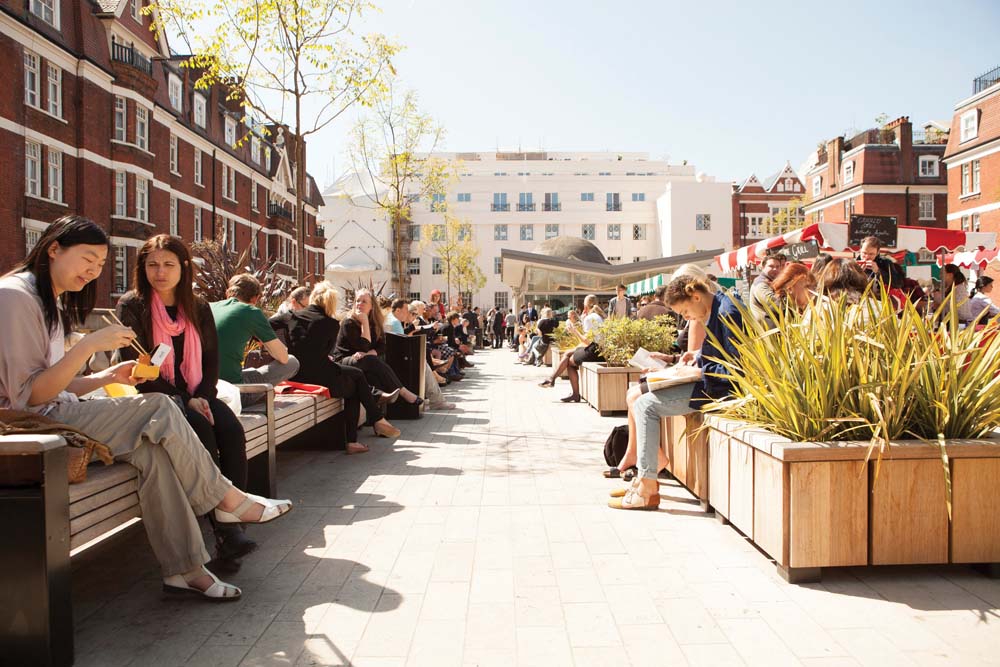
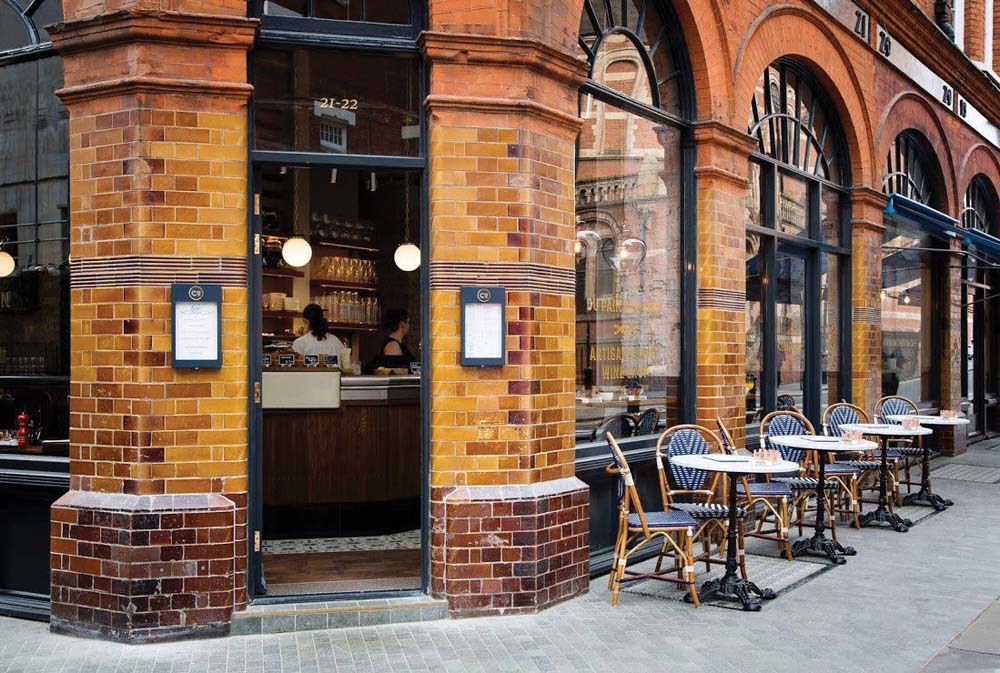
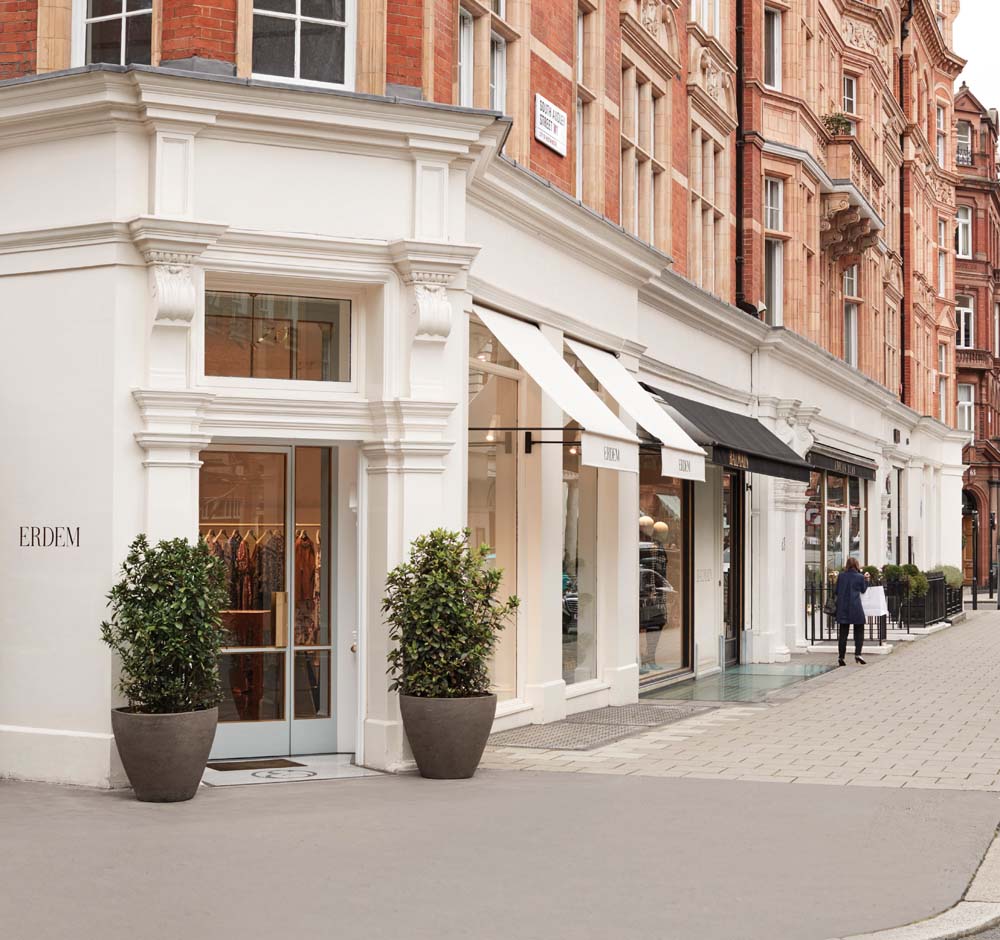
The name Mayfair was thus born, but was not immediately synonymous with prosperity. The fair was a slightly disorderly event, with bareknuckle fighting and semolina eating. It didn’t do much to endear itself local residents, and was summarily dismissed to East London, where it was thought to be a better fit.
The district only started to gain major traction when acquired by Sir Thomas Grosvenor through marriage, who began to develop Hanover, Berkeley and Grosvenor Squares. Aristocracy followed, and quickly became the driving force behind the area’s high-society reputation. When they were replaced by embassies and hotels, the idea of Mayfair as an exclusive locale had been cemented. Much of the area is now owned by the Grosvenor Group, one of the largest privately-owned property companies in the world, with £11.8bn in assets under management and the 7th Duke of Westminster – 28-year-old Hugh Richard Louis Grosvenor – at the helm. For them, the wheels are in motion to redefine the area once again.
“The historic and – to an extent current – perception of Mayfair and Belgravia is that they are exclusive, high price point areas. On the one hand that’s a great strength, but on the other hand it’s a real weakness,” says Joanna Lea, the director of retail for Grosvenor Group. “It makes it feel like you have to be a certain kind of person to come, and that’s something we are really trying to fix.”
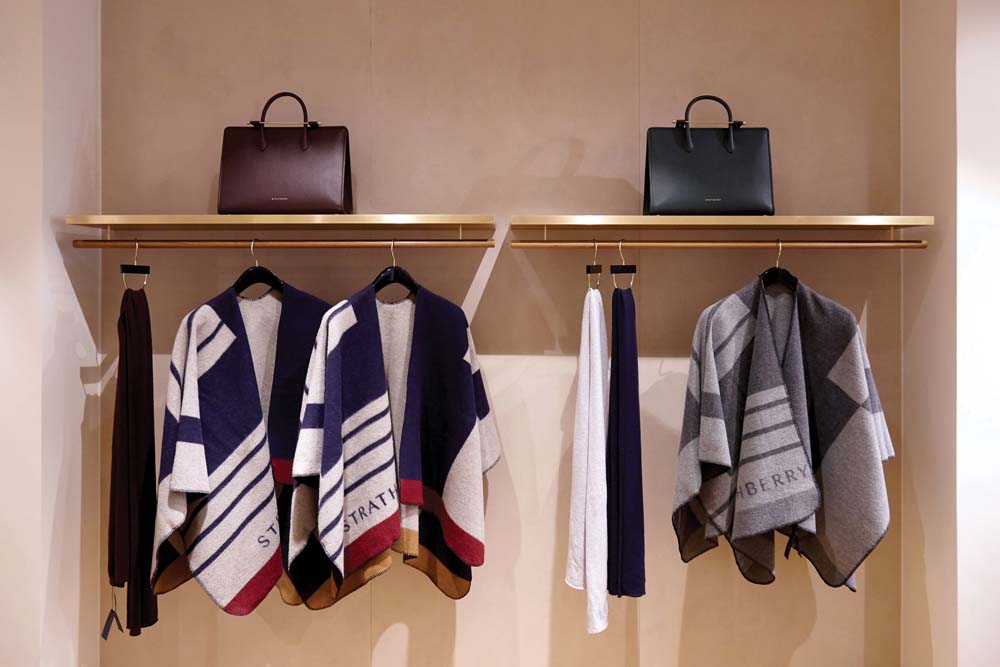
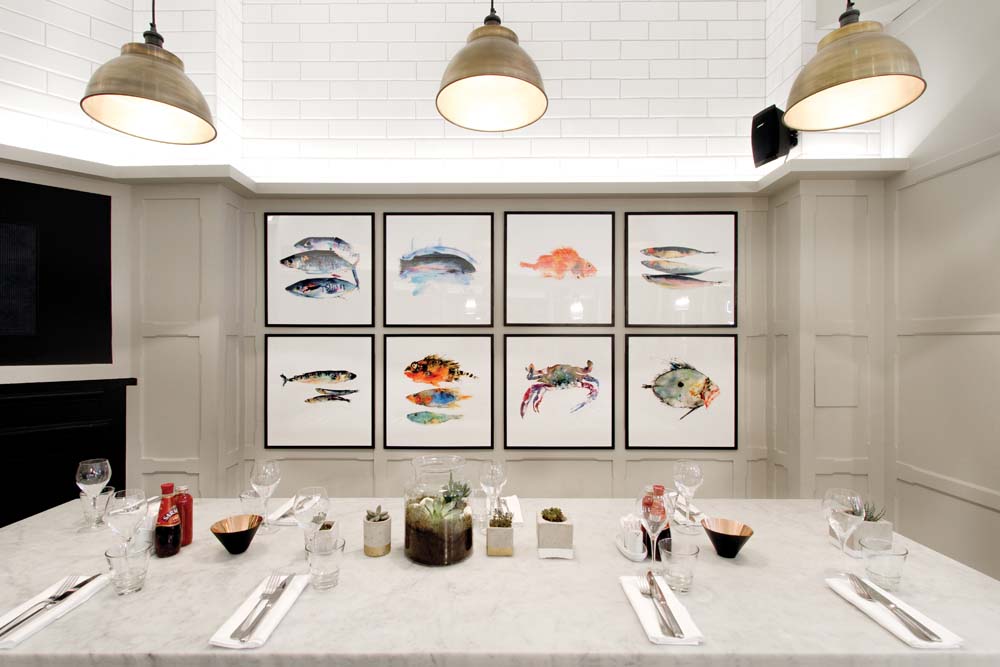
Why would an exclusive neighbourhood want to relinquish that title? For the last few decades, numerous districts in city centres have been accused of gentrification – gussying up their streets in order to make them more “attractive” to a certain kind of resident. Recently in the press was the rather excellently-named Pigtown, in Brooklyn – whose renaming as Wingate by developers (perhaps assuming that people wouldn’t want to live in a place called Pigtown) caused outrage in the community.
It would seem contrary, then, that Mayfair is looking to somewhat dampen down its reputation in a world where “attractiveness” is a worthy aspiration for a locale. Yet, rarefication does not go hand in hand with profit. Researcher Local Data Company has documented the closure of 1,588 women’s clothes stores, 861 shoe shops and 698 fashion shops between 2013 and 2017 in the UK.
In a report last year, it indicated that “2018 was one of the toughest periods in recent years for retailers… evidenced by the number of openings slowing down to a five year low of 43,278.”
Mayfair – especially North Mayfair – has been coveting foot traffic from Oxford and Regent Street, two of the most successful retail streets in the entirety of the UK. Part of Grosvenor Group’s strategy is to convert this intense pedestrian activity onto North Mayfair’s smaller streets.
In this era of accessibility, when most purchases can be desired and then acquired on online platforms, retail has to be experiential enough to lure shoppers away from e-commerce – but not so exclusive as to put people off. Mayfair’s historic “appointment only” shops, where one rings a bell and waits anxiously to be granted access, have no place for the landlord. Says Lea: “Essentially, if you do not keep your shop door open and are not welcoming to everybody and anybody that wants to come in – there is no place in our strategy moving forwards.”
To shift the attitude toward Mayfair, the group is set on changing its retail experiences, says Lea. “You change a place by changing the retail because that’s what they see and that’s what they experience.
If I had a pound for every time someone said to me, ‘I don’t understand shopping,’” she adds.
“I tell them all the same thing: “Do you go to the supermarket? Then you shop.” In North Mayfair, gone are the overpriced boutiques, in their place more accessibly-priced, inclusive tenants. There’s French Connection Studio, home to fashion and homeware, or Duck & Dry, where a blow dry starts at £15.
Food is a major focal point, too: St. Mark’s Church is being converted into a home for Mercato Metropolitano, an affordable Italian market.
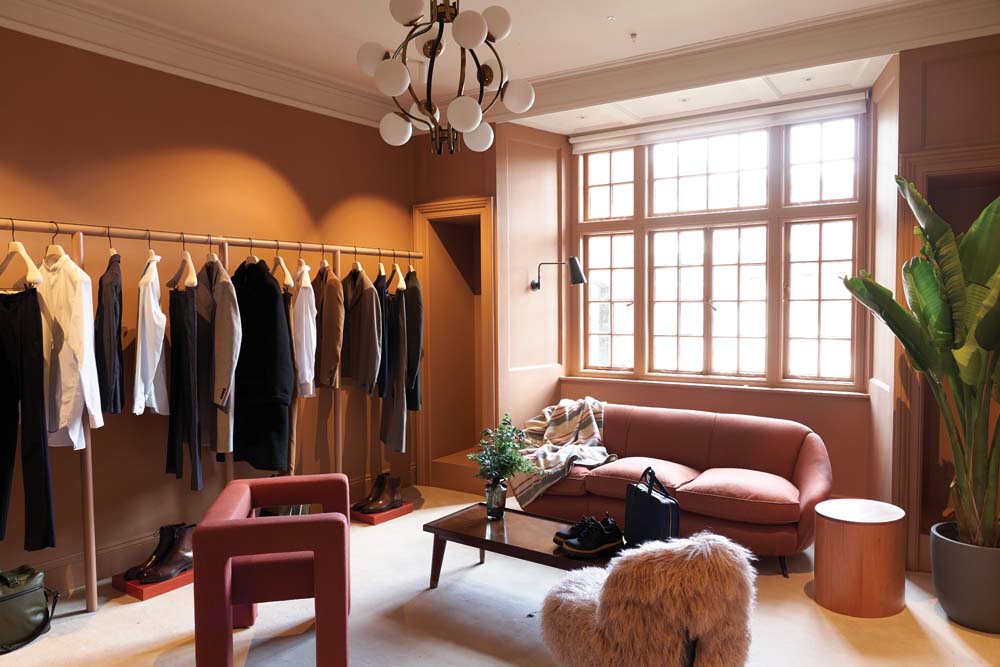
Public events are another vital way of making areas more inclusive: the spirit of the 17th-Century May Fair (perhaps without the semolina eating) has been revived with Summer in the Square for the past eight years, and a recent activation of a butterfly-filled biosphere – where visitors could sip nectar and learn about the plight of the insects – was both whimsical and environmental. This independent spirit can be seen in the area’s choice of events, as well as the brands it allows to lease in the district. “Sixty-six per cent of our estate is let to independents. I think that would surprise some people,” says Lea.
Having independents has somewhat sheltered the estate from retail downturn – they cannot decide on a whim to shutter a number of stores, as a chain can. Moreover, independent stores mean a return to a more traditional type of retail experience. The decline – and homogenisation – of the British high street is an emotive subject: many see it as an unavoidable fatality in a new world of e-commerce. But on wandering around Carlos Place in North Mayfair, it appears as if is one is back in a retail renaissance. A curved row of houses contain ethereal wedding dresses from UK designer Jenny Packham; the only MATCHESFASHION store in the UK; minimalist grunge from the Row… all fringed by public art piece ‘Silence’, a tree submerged in an infinity pond by Tadao Ando.
It may not be inclusive for every wallet, but there can be no denying that Mayfair’s high society roots are becoming just a little more accessible.

